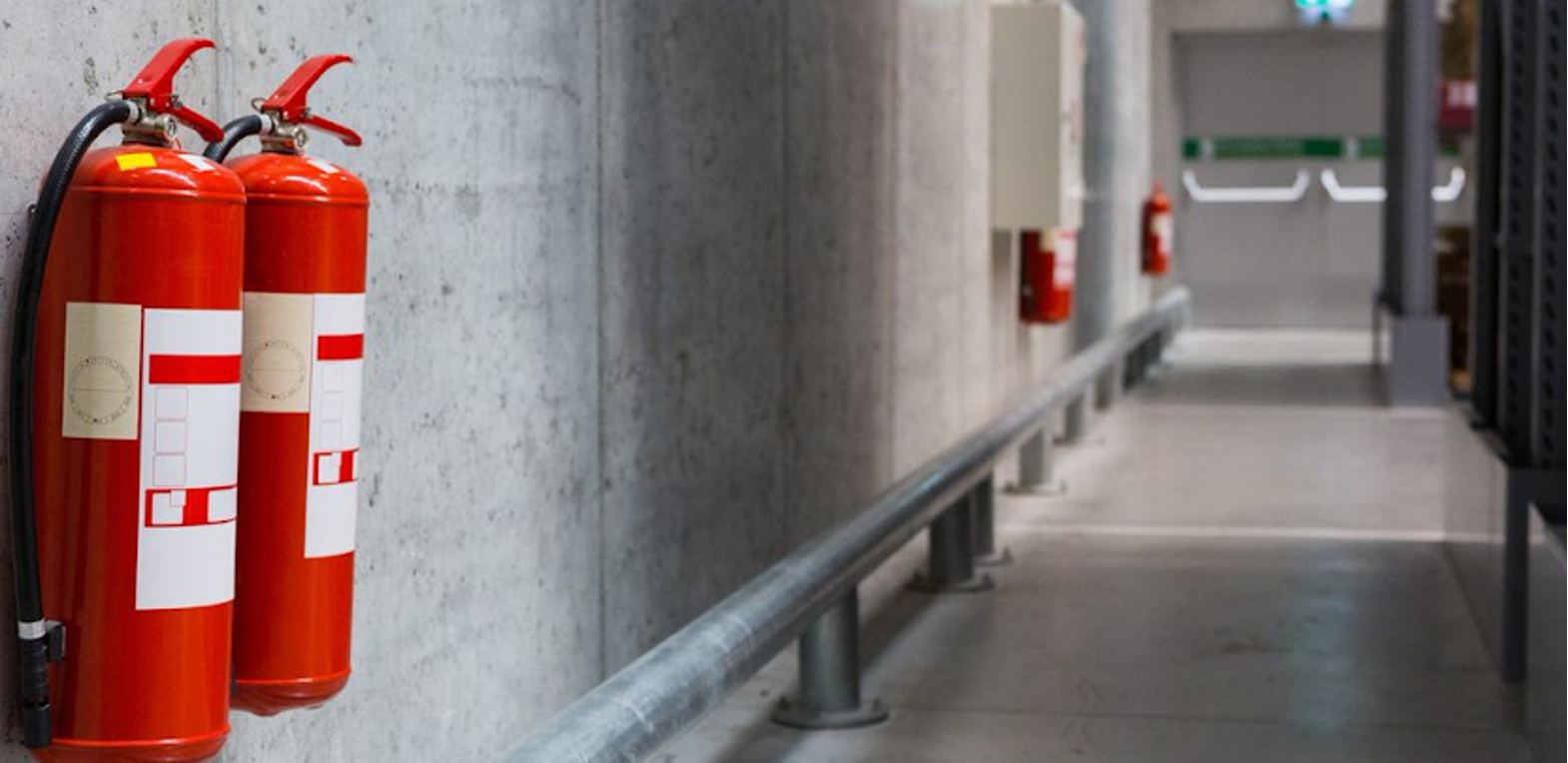
Image Source: Yandex.com
Introduction
Fire safety is a critical responsibility for anyone who owns, manages, or occupies a property. While modern buildings are equipped with safety measures and detection systems, no environment is entirely free from risk. When fire breaks out, knowing how to evacuate safely is just as important as preventing the fire itself. This is where a clear, well-practised evacuation plan becomes essential. In London, where buildings range from historic homes to modern high-rise offices, proper planning can save lives. Creating such plans often begins with a Fire Risk Assessment, which identifies hazards and helps to design effective evacuation strategies.
Why Fire Evacuation Planning Matters
A fire can spread quickly, filling a building with smoke and heat within minutes. In such situations, panic can set in if people do not know where to go or how to respond. An evacuation plan gives structure to a potentially chaotic moment, guiding occupants towards safety.
The goal of fire evacuation planning is not only to protect people but also to ensure that emergency services can respond efficiently. When evacuations are carried out in an organised manner, fire crews can access buildings more easily, reducing overall damage.
The Key Elements of a Fire Evacuation Plan
Clear Escape Routes
Every property needs escape routes that are easy to locate and free from obstacles. These should be well lit, clearly marked, and wide enough to allow the safe flow of people during an emergency. In London, where many buildings are multi-storey or complex in layout, the design of these routes is especially important.
Assembly Points
An evacuation does not end when people leave the building. Safe assembly points away from the property provide a place to account for everyone and ensure no one has been left inside. These locations should be accessible and large enough to accommodate all occupants.
Communication Methods
During a fire, alarms and alerts provide the first line of communication. However, additional methods, such as verbal instructions from wardens or emergency announcements, are often necessary in larger buildings. Clear communication helps reduce confusion and directs people safely.
Special Provisions for Vulnerable Individuals
A reliable evacuation plan must also account for people who may need extra support, such as children, the elderly, or individuals with disabilities. Plans should include strategies for assisting these groups quickly and safely without causing delays for others.
Developing a Fire Evacuation Plan in London
Conducting a Risk Assessment
The first step in creating a fire evacuation plan is understanding the specific risks within a property. A professional assessment looks at the building’s structure, occupancy, and potential fire hazards. In London, this process is particularly important for older properties, where layouts and materials may pose additional challenges.
Mapping the Routes
Once risks are identified, escape routes should be mapped clearly. These maps need to be displayed in common areas so that occupants can familiarise themselves with exit options. In offices or schools, regular reminders and visible signage play an important role in keeping people aware.
Practising the Plan
A plan is only effective if people know how to use it. Regular fire drills are an essential part of evacuation planning. They allow occupants to practise moving quickly and calmly, while also helping to identify weaknesses in the plan that may need improvement.
Legal Requirements and Guidance
In London and across the UK, regulations ensure that fire evacuation planning is taken seriously. Employers, landlords, and property managers all have responsibilities under the law to provide safe evacuation measures.
Guidance from the UK Government’s Fire Safety Regulations makes clear that fire safety planning is not optional. It outlines duties such as providing clear escape routes, training staff, and carrying out regular checks. For businesses and landlords, compliance is both a legal requirement and a moral responsibility.
Fire Evacuation for Different Property Types
Residential Buildings
In homes, evacuation plans are often simple but vital. Families should know the quickest way out and where to meet once outside. For blocks of flats in London, the situation may be more complex, requiring coordination with building management and consideration of shared spaces.
Offices and Workplaces
Workplaces often house large numbers of people, making planning more detailed. Employers must ensure that all staff know the evacuation routes and assembly points. Designated fire wardens can play a role in guiding employees during drills and real emergencies.
Schools and Educational Buildings
In schools, protecting children is the priority. Evacuation plans must consider the challenges of moving groups of pupils quickly and safely. Teachers and staff play an important role in maintaining calm and ensuring that no one is left behind.
Public Venues
Cinemas, theatres, and shopping centres require plans that can accommodate large crowds. In these environments, clear signage and public announcements are essential for guiding people who may be unfamiliar with the building’s layout.
The Role of Training and Education
An evacuation plan only works if people understand it. Training is therefore a key part of preparation. Employees in workplaces need to be trained not just on routes but also on procedures, such as assisting others or operating emergency doors.
For residents, simple instructions and visible signage can provide guidance. In larger properties, leaflets or information boards may also help remind people of what to do in the event of a fire.
Common Challenges in Fire Evacuation Planning
Complex Building Layouts
In some London properties, particularly older or converted buildings, layouts can be complicated. Narrow staircases, long corridors, or locked doors may present challenges. Plans need to account for these issues and provide clear alternatives.
Human Behaviour
Even with the best plans, human behaviour can make evacuations difficult. Panic, hesitation, or attempts to retrieve belongings can slow the process. Regular drills help address this by building familiarity and encouraging quick, calm responses.
Maintaining Accessibility
As buildings change or new tenants move in, evacuation plans must be reviewed and updated. Routes that were once clear may become blocked, or new risks may arise. Ongoing maintenance is therefore essential.
The Community Aspect of Evacuation Planning
Fire evacuation planning does not only protect the occupants of a single property. In a city like London, where buildings stand close together, a fire in one property can quickly endanger others. Effective planning helps reduce these risks by ensuring that fires are reported early and that surrounding areas are protected.
Community awareness also plays a role. When people understand the importance of evacuation planning, they are more likely to respect safety measures and cooperate during drills or emergencies.
Conclusion
Fire evacuation planning is not just a technical requirement; it is a life-saving strategy that applies to every type of property. By ensuring clear routes, effective communication, and regular practice, occupants can respond quickly and safely when danger arises.
In London, where properties vary widely in age and design, careful planning is particularly important. A solid evacuation plan, backed by a thorough risk assessment and regular drills, provides peace of mind and a vital safeguard against disaster.
Ultimately, fire evacuation planning is about responsibility—to residents, employees, visitors, and the wider community. When plans are well thought out and properly maintained, they transform moments of danger into opportunities for safe, orderly escape.If you want to stay updated with posts like this, please follow us on 1883 Magazine.




